You might consider changing careers if you feel unsatisfied with your current role. In this article, we share seven steps to a successful career change for you to view and discuss the benefits that making a career change can offer.
You might review these steps to a successful career change extracted from Indeed.
- Evaluate your career.
If you’re considering a career change, it’s helpful to evaluate your current position. Consider what you like and dislike about your career to help guide you in choosing a new one. You can journal to help track how you feel about the work environment, job tasks, and other aspects of your current career.
2. Know your interests.
Self-reflect and identify your interests, including types of people you want to work with, activities and hobbies you enjoy, and industries in which you may enjoy working. It’s good to consider your skill set, too, in case there are careers for which you already qualify. Your values can also help identify potential careers where you could have job satisfaction because your beliefs align with the company.
3. Consider alternate career.
You can brainstorm careers that match these criteria with a mental or physical list of your interests and desires for work—research career options by searching online, asking friends and family, and contacting your network. A career counsellor can help you find a job that suits you if you seek professional advice. This professional can also be a great resource in assessing your current career, interest, and skills.
4. Find out career opportunities.
Try to research career opportunities that are near to you or in a location to which you’re able to relocate. This may help reduce your list of potential careers, making your career change decision easier.
5. Gain more experience.
Search for job shadowing or internship opportunities in the field of a new potential career. This can help you experience what having this career may be like and help you determine if this new career may give you job satisfaction. Job shadowing is when you observe a professional on the job, and an internship is a work experience where you perform duties to learn more about the career.
6. Build a skill set.
When you determine what career to pursue, look at the job descriptions from different companies for this career to learn what skills and other qualifications you may need. You can acquire necessary skills in various ways, including attending college, earning a certification, interning, or finding a mentor.
7. Apply to an opportunity.
Use job boards and professional websites to find and apply for open positions in your chosen career field. You can also contact your professional network to learn about job opportunities. When applying for a job, you submit a resume and cover letter with your job application to highlight your qualifications to the employer. Include your transferable skills and any certifications or degrees you earn when preparing for a new role.
Credit: Indeed.ca


No responses yet